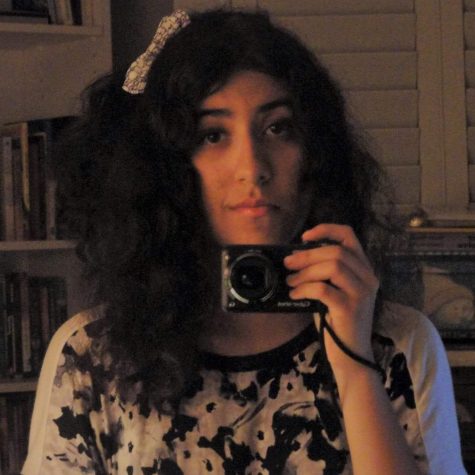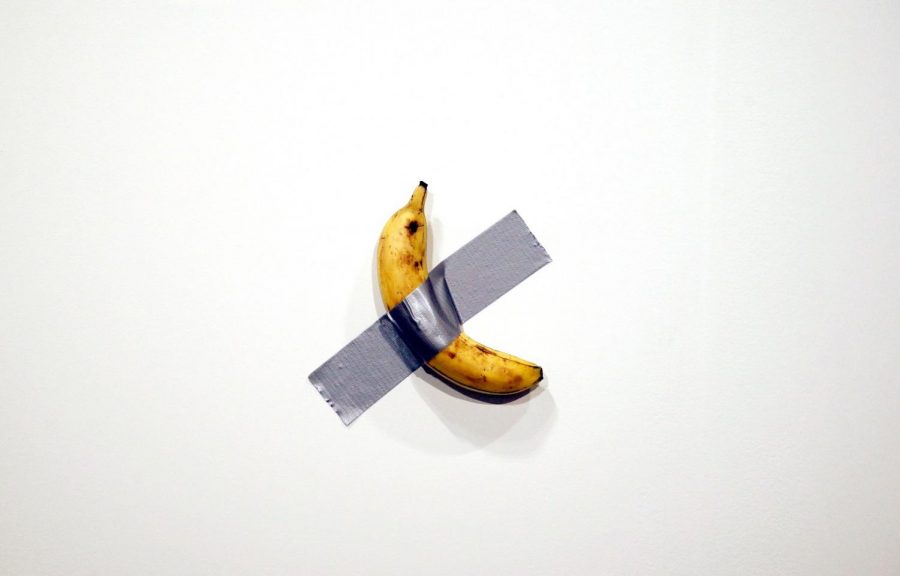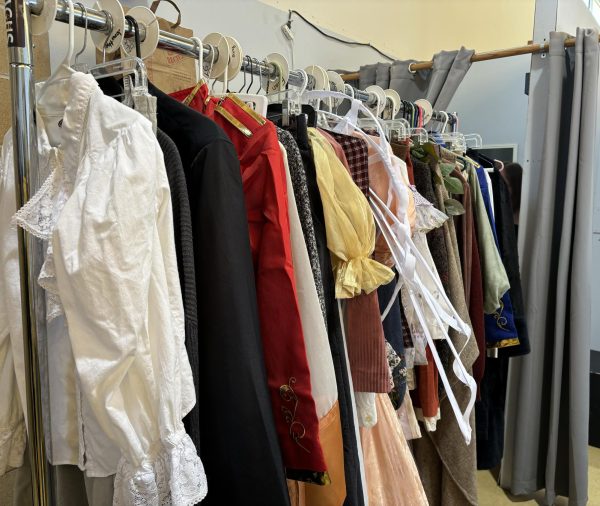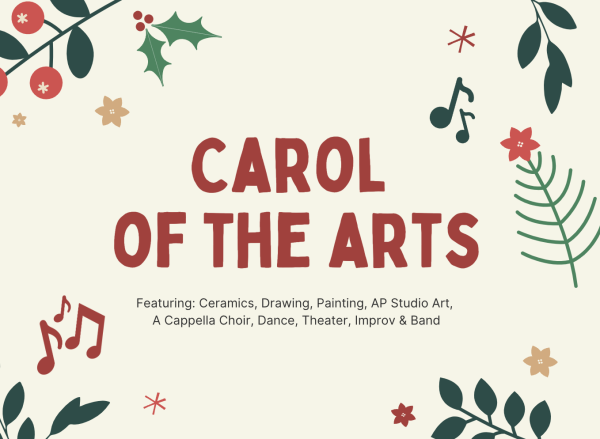Postmodern Art departs from modernism
…and borders on heresy
Now that everybody is trapped at home and art museums are closed to the public, there isn’t a better time to take a step back and really evaluate just how far art has come…or perhaps, just how far it has declined in quality. Collections of countless art pieces can be found online with the click of a button, enabling people from all over the world to periodize and better understand art’s evolution. As art has changed over time, its definition has also broadened, giving way to today’s art movement known as Postmodernism which is defined as a visual, architectural, philosophical, and critical departure from modernism. To call it a departure from “modernism” is an understatement. While modernism was an artistic movement that deviated from traditional art styles in creative and innovative ways, postmodernism is the transformation of the definition of art into an umbrella term that covers anything and everything. In a world where a blank canvas can be sold for $20 million dollars (Yes, that really happened) and images of geometric shapes are heralded as revolutionary works, is the definition of art doomed for good?
One of the most egregious aspects of the postmodern art world is the phenomenon known as “ready-made art” which could more effectively be called “random objects assigned convoluted meanings in order to be labeled as art so that some delusional jerk can make a quick buck.” What’s most frustrating about ready-made art is that it requires no effort whatsoever, and the so-called “thought” put behind it is often too ridiculous or nonsensical to even comprehend. For instance, if I crumpled up a tissue and displayed it on a stand, as 7one might display a sculpture, and then referred to it as “a symbol representing the fragility of the human psyche,” critics of the postmodern art community would actually buy it. It wouldn’t be any different than the infamous banana taped to an art gallery wall that sold for $120,000 before being consumed by a “performance artist.”
When ready-made art was first introduced, it wasn’t meant to be taken as seriously as it is now. Marcel Duchamp’s famous piece, Fountain, the first ready-made art of the modern era, was nothing more than a parody that embraced, in a purely ironic sense, the idea that anything could be art. Even then, many people found themselves searching for a deeper meaning within the piece even though there wasn’t one to be found. Through these concerningly serious observations and speculations, Duchamp’s point was even further reinforced: people were looking for meaning where there was none, and hailing something of virtually no worth as a revolutionary and priceless work. To think that the art world is now unironically embracing an “artistic style” that began as a not-to-be-taken-seriously parody is genuinely worrying.
Yet another qualm I have with postmodern art has to do with postmodern minimalism. For whatever reason, laziness is now being perceived as genius among many art critics and the results are confounding. As I mentioned before, an essentially blank canvas covered in one layer of white paint once sold for $15 million dollars. Why? I’m not even sure the buyer fully understands what their intentions were in buying this piece. How unfair is it that a person who takes some paint and mindlessly smears it all over a canvas with no particular vision in mind can now share a title with someone who spends hours upon hours attempting to capture a scene in perfect detail while putting intense thought behind every brush stroke? How is it that a painting consisting of nothing more than a blue background and a vertical white stripe has been valued at 95 million dollars while there are countless artists who spend their time and money perfecting their craft only to find themselves barely able to make ends meet?
The postmodern art world of today is unbalanced, undefined, and uninspired. The best and most simple way for us to combat this unfortunate downfall is to ignore the art that has little to no effort put into it and to continually embrace the art that does. Artistic risks should be encouraged and controversy should be accepted as a natural result of creativity and liberty. Discourse must be open-minded and individuals should be unafraid to share their opinions and thoughts through creative artistic efforts that showcase their talents. Even the act of visiting an art museum should become more interactive and welcoming and far less pretentious than it currently is. Let’s hope that through these changes, the true definition of art will once again be embraced.

Madeline Phelps is a senior currently attending Arroyo Grande High School, from a distance, of course. When she isn’t doing schoolwork or sitting around...






